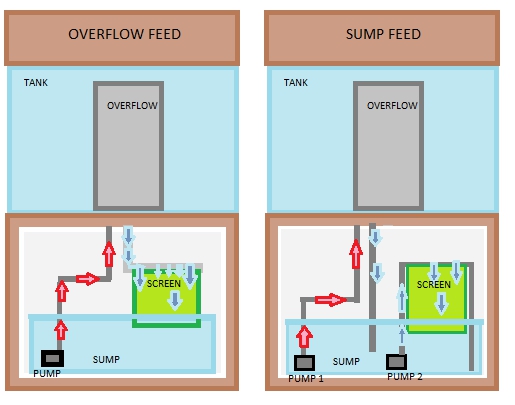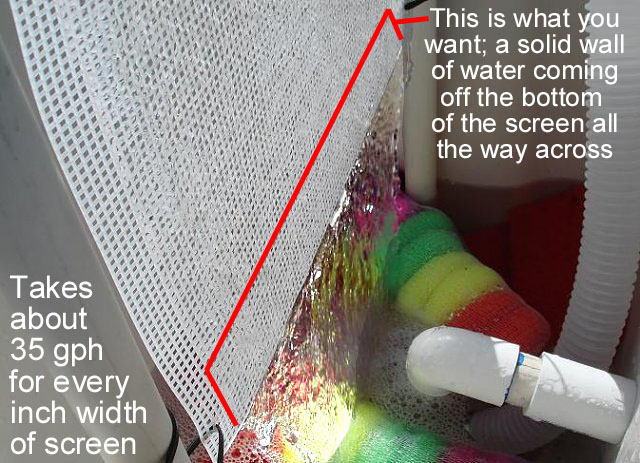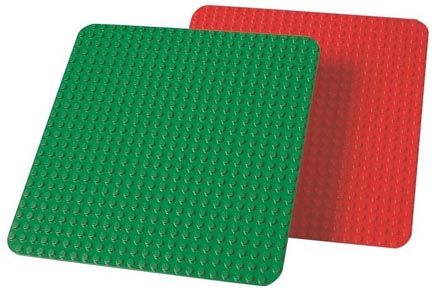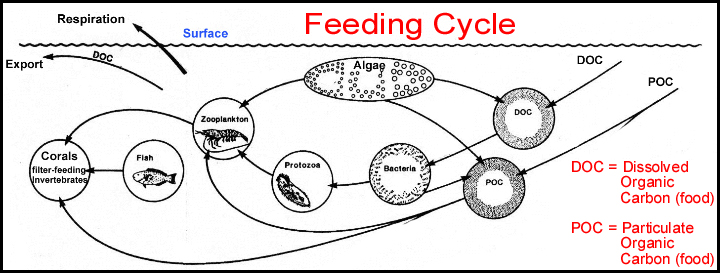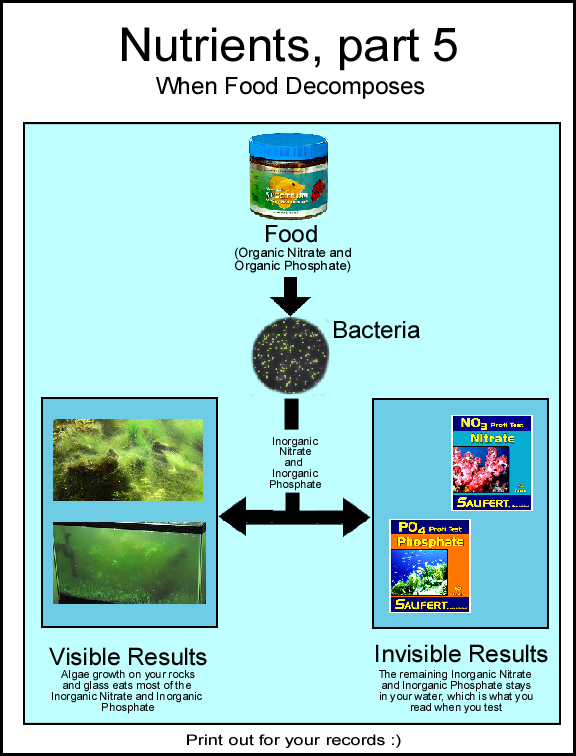santamonica
Member
Wow Nitschke that is one cool way to solve the nano problem. That would be a perfect manufactured option for cubes. Have at it  Also I see you solved the clogging screen wrap problem, by blocking the light from the wrapped section. Perfect. You might be able to open the slot more than 5/32 to get more flow. Shouldn't let too much light in. Also, put the biggest light you can in there, at least 23W CFL full spectrum; the one you have looks a bit small. Anyhow, good to see growth!
Also I see you solved the clogging screen wrap problem, by blocking the light from the wrapped section. Perfect. You might be able to open the slot more than 5/32 to get more flow. Shouldn't let too much light in. Also, put the biggest light you can in there, at least 23W CFL full spectrum; the one you have looks a bit small. Anyhow, good to see growth!
Todj, your numbers won't drop until you clean the screan a few times. For overflow, I recommend the Herbie tuned overflow... absolutely silent, and just needs a gate valve. Durso's have too much noise for me; since the scrubber is basically silent, any overflow noise stands out
Todj, your numbers won't drop until you clean the screan a few times. For overflow, I recommend the Herbie tuned overflow... absolutely silent, and just needs a gate valve. Durso's have too much noise for me; since the scrubber is basically silent, any overflow noise stands out

